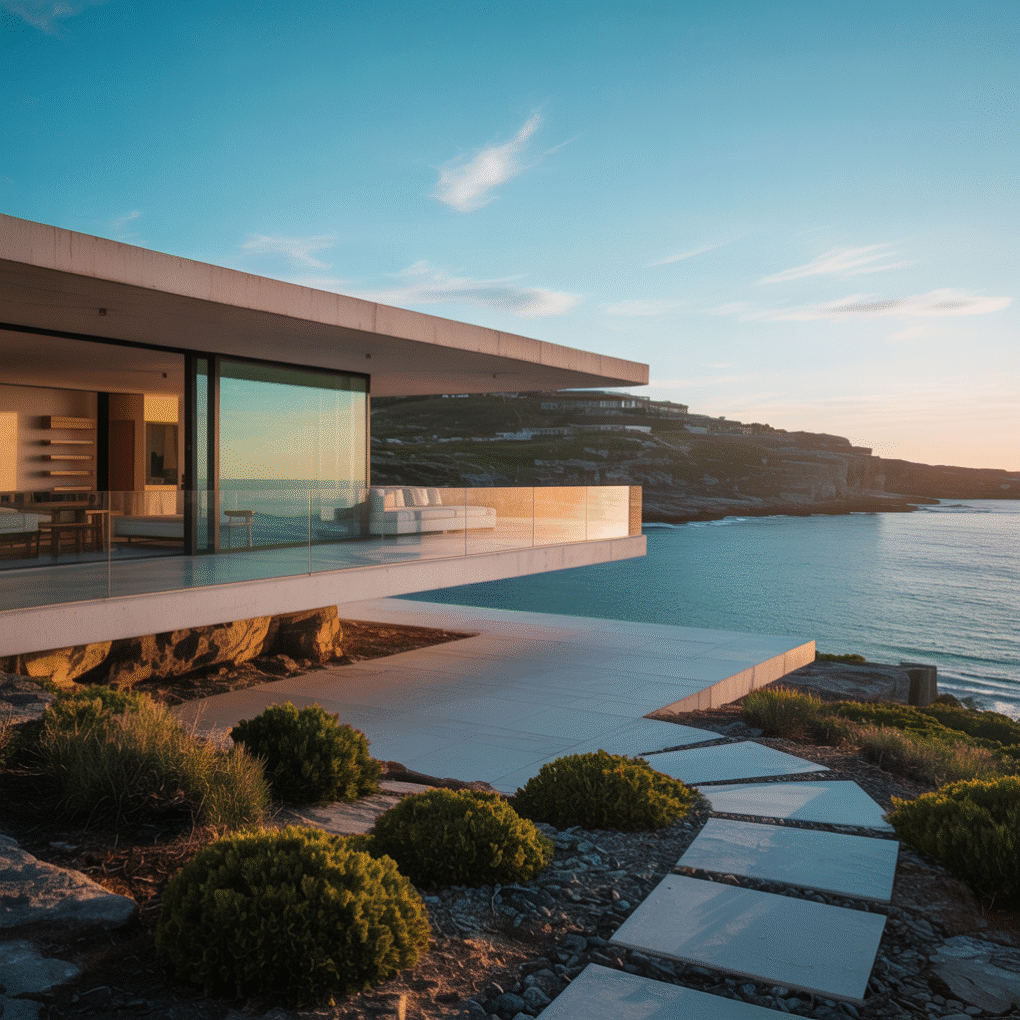In a world where design trends are constantly shifting, contemporary architecture stands out as a reflection of the present moment. More than just a design trend, it captures the values, technologies, and lifestyles of today. Whether it’s a sleek urban home or a minimalist office complex, this modern approach is redefining how we interact with the built environment.
But what exactly defines contemporary architecture style, and how does it differ from other movements like modernism or traditional design? Let’s explore the core elements that make this style so relevant, adaptable, and forward-thinking.

What Is Contemporary Architecture?
Contemporary architecture is often confused with modern architecture, but the two are not the same. While modern architecture refers to a specific era (roughly from the early to mid-20th century), contemporary style architecture describes what’s being designed and built right now. It’s fluid, constantly evolving to reflect cultural shifts, technological advancements, and changing lifestyles.
Today, this means spaces that are open, sustainable, and thoughtfully designed. Contemporary residential architecture, in particular, places a strong focus on livability, natural light, and harmony with the surrounding environment.
Key Elements of Contemporary Style Architecture
While there’s no single formula, certain design principles frequently appear in contemporary architecture. These are the building blocks that define its unique character:
1. Clean Lines and Open Spaces
One of the most recognizable features of contemporary architecture style is its emphasis on clean, simple lines. Ornate details and decorative trims are replaced with sleek surfaces and structural clarity. The focus is on function, not fuss.
Open-concept layouts are also a staple. In contemporary architecture house design, walls are minimized to create flowing, connected spaces that encourage flexibility and social interaction.
2. Natural Light and Large Windows
Light plays a major role in shaping contemporary residential architecture. Floor-to-ceiling windows, skylights, and open floor plans maximize daylight, making interiors feel spacious and bright. These design choices not only enhance mood and well-being but also reduce the need for artificial lighting.
Large glass panels also blur the line between indoor and outdoor living, connecting occupants to nature—another core tenet of contemporary style architecture.
3. Sustainable and Eco-Friendly Materials
Today’s architectural designs reflect a growing awareness of environmental impact. Contemporary architecture often incorporates sustainable practices and green materials like recycled steel, reclaimed wood, and low-VOC paints. Solar panels, green roofs, and passive heating and cooling systems are becoming common features in eco-conscious homes and buildings.
Sustainability isn’t just a trend—it’s an integral part of how architecture adapts to global concerns while still offering beauty and functionality.
4. Innovative Use of Materials
Unlike traditional architectural styles that rely on a fixed palette of materials, contemporary architecture experiments freely. Concrete, steel, glass, and even unconventional textures like corrugated metal or exposed plywood are used to create visual interest.
Mixing materials—such as combining glass walls with warm timber cladding—adds depth and contrast, resulting in spaces that feel both cutting-edge and inviting.
5. Smart Technology Integration
We live in a connected world, and contemporary architecture house design is keeping up. From automated lighting and climate control to smart security and voice-activated systems, today’s homes and buildings are designed to be as intelligent as they are beautiful.
This seamless integration of technology enhances convenience, energy efficiency, and overall user experience, making it a hallmark of modern-day architectural planning.
How Contemporary Architecture Is Shaping Modern Living
Beyond aesthetics, contemporary architecture reflects how people want to live today. It prioritizes wellness, adaptability, and a connection to the environment. In urban settings, contemporary residential architecture often includes multi-use spaces that support remote work, relaxation, and entertainment within a compact footprint.
Even in larger homes, the focus is shifting from opulence to intention—every design choice serves a purpose, and every square foot is optimized for comfort and functionality.
The Future of Contemporary Style Architecture
As lifestyles continue to evolve, so will the definition of contemporary style architecture. What remains constant is its dedication to innovation, sustainability, and human-centered design. Whether it’s a private contemporary architecture house, a co-living community, or a commercial development, the goal is to create spaces that support how we live now—and how we’ll live tomorrow.
Architects and designers are increasingly challenged to balance form with function, aesthetics with ethics. The future of contemporary architecture will likely see even more integration of green technology, modular building systems, and materials that respond to both climate and culture.
Final Thoughts
Living in the now means designing for the now. Contemporary architecture isn’t just about how buildings look—it’s about how they feel, how they function, and how they respond to the world around them. By embracing the defining elements of contemporary architecture style, today’s homes and buildings are more than structures; they’re reflections of the present and visions of the future.
